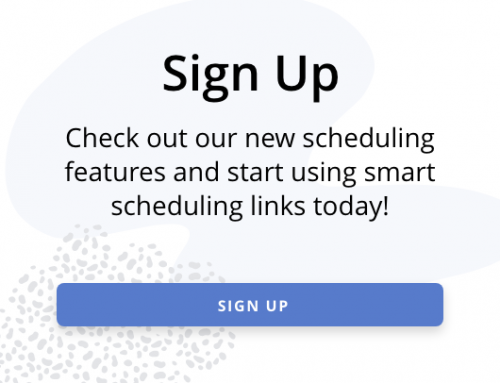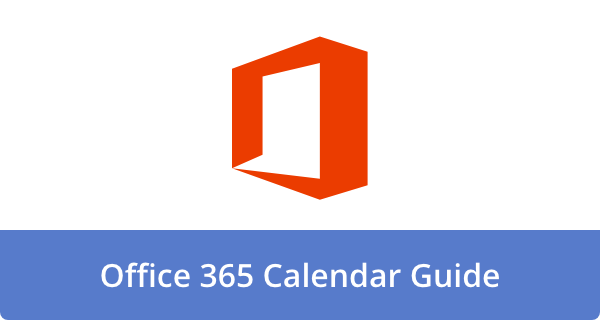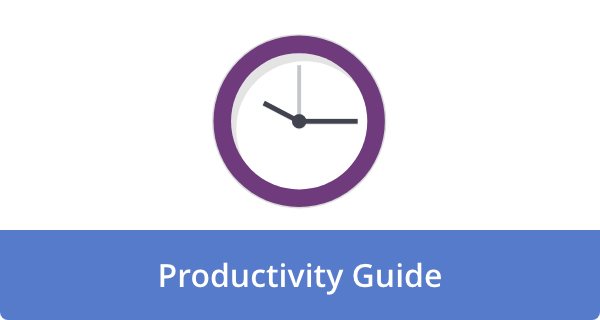
Have you ever been stuck in a frustrating loop of workplace miscommunication? I certainly have. Recently, I came across a simple yet powerful framework that has dramatically improved how I communicate with colleagues, bosses, and clients alike. It’s a four-letter word that won’t get you fired—it might even get you promoted.
The framework is called CARS, and it’s changing how I approach every conversation at work. Layla Pomper, founder of ProcessDriven, introduced this concept, and I’ve found it remarkably effective, especially for remote teams where clear communication is even more crucial.
Think about a typical workplace exchange: “Hey, don’t you think we should update our careers page? It’s outdated.” “Yeah, definitely.” Fast forward two weeks, and nothing’s happened. Frustration builds, deadlines approach, and suddenly you’re channeling your inner George Costanza: “Serenity now!”
Breaking Down the CARS Framework
CARS stands for Context, Attempts, Request, and Stakes. When used properly, it eliminates ambiguity and gets results. Here’s how each component works:
Context: Setting the Scene
Context is about providing just enough background information for the other person to help you. It’s not your life story—just the relevant details that prevent unnecessary back-and-forth.
For example, instead of vaguely mentioning that an invoice needs to be sent, you might say: “I have an invoice for John Doe Inc. for $1,200 for our VIP Service 123.”
Pro tip: Focus only on information that answers potential questions. Nobody needs to know what you had for breakfast or your entire morning routine.
Attempts: What You’ve Already Tried
This section outlines steps you’ve already taken to solve the problem. It prevents others from wasting time repeating what you’ve already done.
- If you’ve tried clearing a cache to fix a broken link, mention it
- If you’ve already researched potential solutions, list them
- If you’ve attempted to edit something but lack access, note that
This component is especially important when delegating upward. It shows you’ve done your homework before asking for help.
Request What You Actually Want
This is where most of us think we excel, but often fall short. A good request is specific about what you want the person to do and by when.
Avoid these common pitfalls:
- Asking “Can you…” when you’re not questioning their ability
- Saying “Tell me what you think” when you actually want approval or a decision
- Being vague about deadlines or deliverables
Instead of “Can you look at the careers page?” try “Please update the benefits section on our careers page by next Friday.”
Stakes: Why It Matters
The final piece explains the consequences of fulfilling (or not fulfilling) your request. This helps the recipient prioritize and understand the importance of your ask.
For example: “We’re hiring for a new role at the end of the month, so I need the careers page updated within two weeks before we post the job listing.”
If you can’t identify meaningful stakes for your request, it might be worth reconsidering whether the request is necessary at all.
Putting CARS Into Practice
Let’s see how this transforms a typical workplace exchange:
“Hey Bob, I was reviewing the careers page and noticed the benefits section is outdated (Context). I tried to edit it myself but don’t have access (Attempts). Could you update that section by the end of next week (Request)? We’re posting a new job listing in two weeks and need the page to be current before candidates start applying (Stakes).”
Compare that to a vague “We should update the careers page,” and you can see why this framework is so powerful.
I’ve started using CARS in my emails, Slack messages, and even in meetings. The results have been immediate—fewer follow-up questions, faster responses, and clearer outcomes.
Beyond Basic Communication
What I find most valuable about this framework is its ability to address deeper organizational issues. For teams struggling with micromanagement, Layla suggests using the Stakes component as a decision-making threshold.
For example, team members might be empowered to make independent decisions on issues with stakes valued under $500, while higher-value issues require input from managers. This creates clear boundaries and builds confidence.
Of course, CARS isn’t a magic bullet. If your business lacks proper workflows and systems, even perfect communication won’t fix everything. But it’s an excellent starting point for bringing more clarity to your workplace interactions.
Next time you’re about to send an email or message, take a moment to run through the CARS checklist. Your colleagues will thank you, and you might just find yourself with fewer “serenity now” moments in your workday.
Frequently Asked Questions
Q: How long should each section of the CARS framework be?
There’s no strict rule for length. Each section can be as brief as a single sentence or bullet point. The key is including the necessary information without adding fluff. For quick communications like text messages, you might use just a few words per section.
Q: Does the CARS framework work for all types of workplace communication?
While CARS works best for requests and task-related communications, it may not be necessary for casual conversations or simple updates. Use your judgment about when to apply it. It’s most valuable when clarity and action are needed.
Q: How can I introduce the CARS framework to my team without seeming demanding?
Start by using it yourself and noting the improved results. Then, you might share an example of how it helped clarify a recent communication. You could say, “I’ve been trying this communication structure that’s helped me be clearer. Would you mind if I share it with the team?” Most people welcome tools that make their work lives easier.
Q: What if I don’t know all the information needed for each part of CARS?
It’s okay to acknowledge what you don’t know. For example, in the Stakes section, you might say, “I’m not sure of the full impact, but I believe this could affect our client onboarding process.” Being honest about gaps in your knowledge is better than making assumptions or leaving sections blank.











Angela Ruth
My name is Angela Ruth. I aim to help you learn how Calendar can help you manage your time, boost your productivity, and spend your days working on things that matter, both personally and professionally. Here's to improving all your calendars and becoming the person you are destined to become!